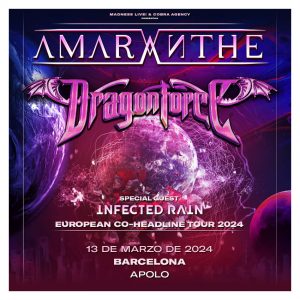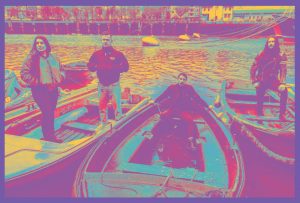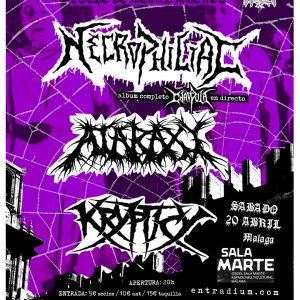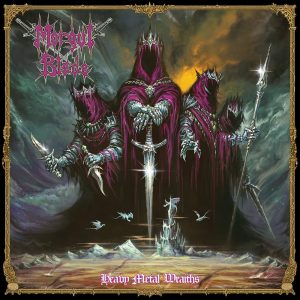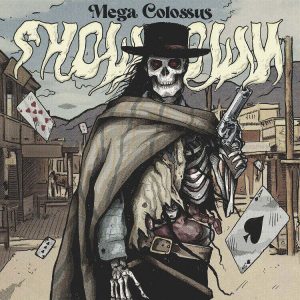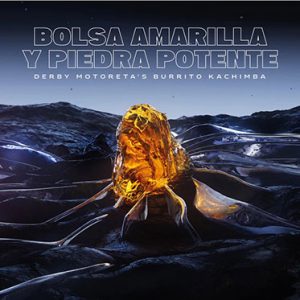GRAVE GNOSIS (EN)
– Hello, thanks for taking your time. How are you holding up? Has the whole pandemic situation affected the band’s activity and the work surrounding the release of the forthcoming album in any way?
Holding up fairly well, considering the circumstances. Our members have always been incredibly reclusive, most tracks typically being recorded in solitude. In lieu of frequent local shows or touring extensively, we crawl out of our respective caves every few years to do a regional or national tour. Because of that, thankfully, our work has not been impacted by the pandemic.
-First off, where did the need of forming GRAVE GNOSIS sprout from? What’s the band to you?
Grave Gnosis was born from the spiritual experiences of Ø, Vikzaru, and I. We felt the need to create something unique, a project that could in ways document the shared or similar experiences we had, while also giving reverence to those forces.
-What’s the meaning, literally and not, behind the band’s name? To what extent does the band name reflect what you as a band are? Is Gnosticism the current you’ve worked with the most?
In a very literal way, death. The spiritual knowledge brought from and by Death. Figuratively, the name «Grave Gnosis» is representative of the path of death worship that we follow. With the worship of death, you don’t just fall into it. Something very striking has to happen, it’s a very sudden, and dare I say, «grave» realization. To borrow from a legend in the scene, and one of the greatest musical inspirations of our band, Selim Lemouchi of The Devil’s Blood, «Death is the crown of all». Through everything that we do, in music and lyrics, we venerate Death. We are inspired by the mysteries of Death and the Beyond. Gnosticism is one aspect of the path we are on, personally and musically. The majority current is closer to a theistic devil worship, while also giving reverence to Death in her many names and forms, most notably the Hindu goddess, Kali.
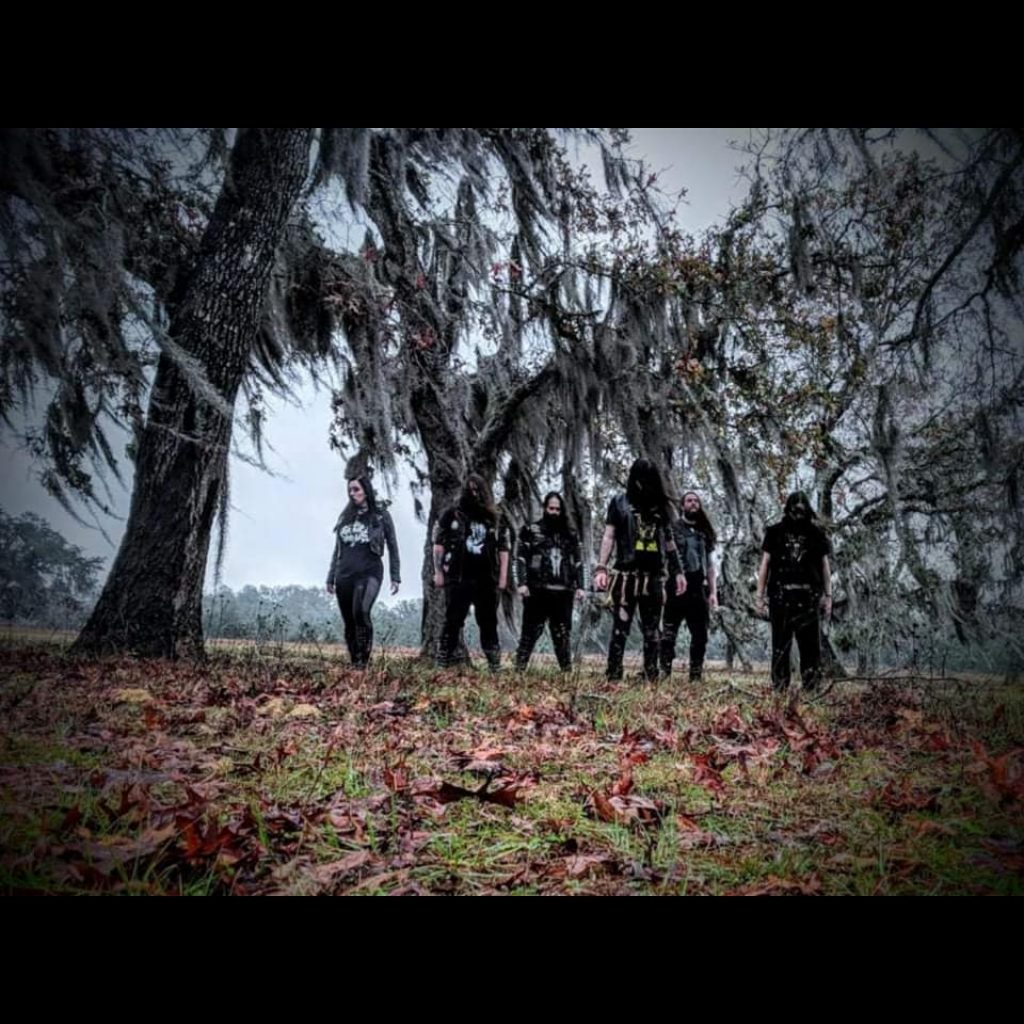
– Where does the inspiration of GRAVE GNOSIS come from? From inwards or outwards? Since it seems most of it comes from your personal, spiritual evolution/workings.
I suppose you could say it’s both, inner and outer. In my work, I am focused on the outer. But musically, what you will hear, is my reaction to that experience, thus making it inner, as well.
– Is there a main lyric writer in the band? Most of your lyrics are based on Nightside and Draconian traditions I’d dare say. Spiritually, do the paths of all the members in the band cross?
Yes and no. Our frontman Ø is responsible for bringing forth our lyrics. He writes by channeling the lyrics directly from meditations on our work. If you ask him, he’ll tell you it didn’t come from him – but through him. It’s true, both Nightside and Draconian traditions have been one element of inspiration in our work, but mostly, our unique system of magic that we follow is what our lyrics take root in. This is shared by all founding members (Ø, Vikzaru, and myself), though each of us see it through our own individual perspective.
– Speaking of lyrics, how do you approach them and what language do you choose to communicate?
As I touched on above, Ø mediates on our practice to bring forth the lyrics. Occasionally he has to spell things out phonetically to find what language it was given to him in. There’s a lot of translation involved.
-Your upcoming album is “Lux Nigredo”. Could you first of all comment on the “Codex Aversum”. Is it a separable unit from the album?
They can both be explored separately as their own entity, but the optimal experience is certainly together. ‘Codex Aversum’ is one interpretation of our path, an introductory grimoire to our system. ‘Lux Nigredo’ is a musical ritual interpretation of one aspect of that system. While the Codex is an introduction to our system, it is definitely not meant for a beginner occultist.
-How does the album represent the title? Is there a bit of Jung in there too?
The «lux nigredo» is a concept that we have come to understand through alchemical work in relation to Moloch. I do believe the album represents this concept very well, through it’s beauty, aggression, and sheer terror. The work of Carl Jung is certainly influential, as it bridges the mystical and the psychological. As such, the album can be interpreted in a similar format as a journey into the shadow self.
-So is an album kind of a ritual? How should it be experienced? And what are some of the entities and energies “summoned”on it?
Yes, the album is a sort of ritual. While music itself can’t do much of anything to those that do not want it to, the open minded can interpret the album as a ritual or meditative guide for contacting the spirits to which it is dedicated. In that instance, it has proven to be quite effective. We recommend listening in a dark room with headphones, no distractions, and an open mind. The entities contacted through this album are outlined in the ‘Codex Aversum’, including but not limited to Lasa (The Serpent of the Crossroads) and Moloch (The King of Fire).
-Is it also necessary to be in a specific mind state to write and perform these songs?
Definitely. Much of this was written in trance. We often lose ourselves in performance, as well. There are certain sections of music that are written specifically so that during live performance we can improvise or repeat a section indefinitely as we drift and let it take us. Certain entheogens also help.
– I read this was the first time you used a live drummer, and you’ve had some artists handling other instruments too. Could you shed some light on this?
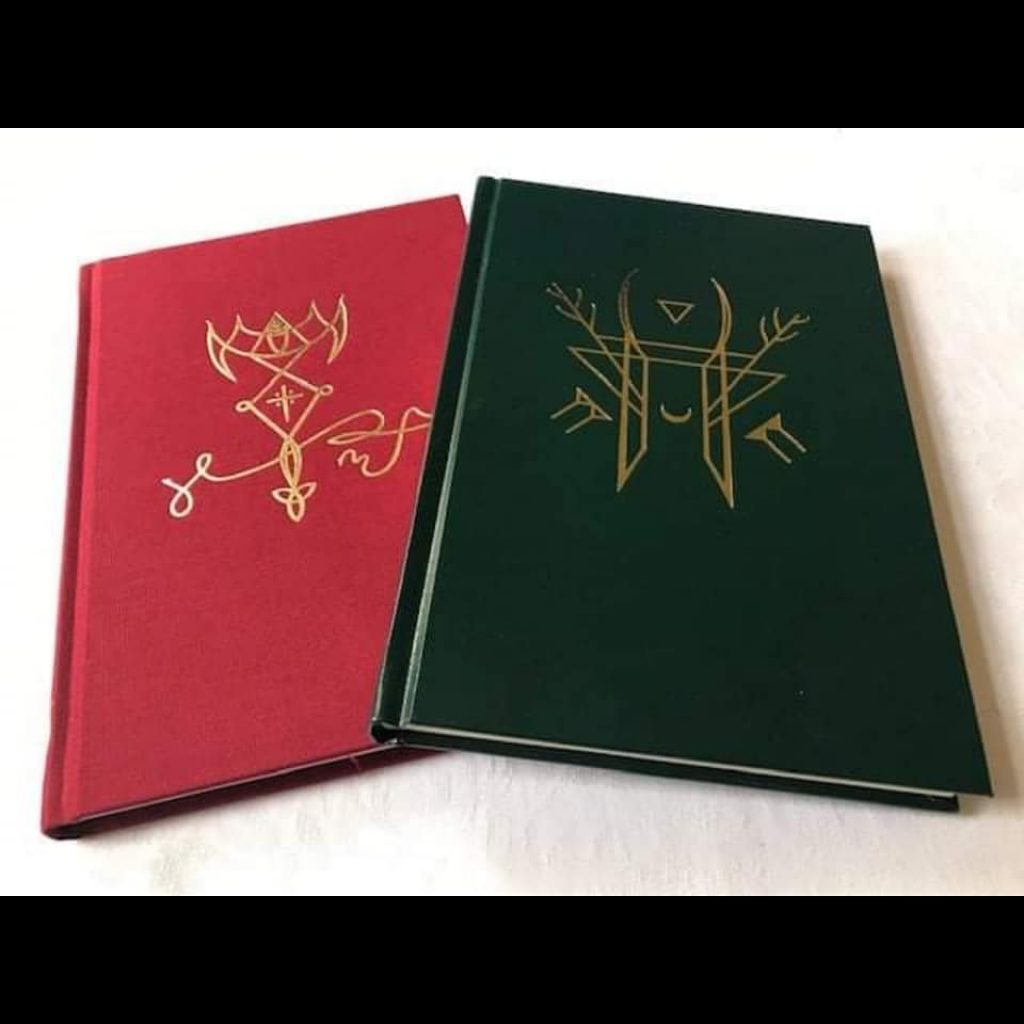
This is the first full length album using a drummer. As mentioned above, three core members exist in the band, and the remaining roles are filled as needed. Our first full length, ‘Birthing’, came forth at a time before we connected abroad with like-minded musicians who found themselves up to the task of working with us. Coming from a sleepy, swampy, small town in Florida, finding members local to us proved impossible. We have since then connected with individuals who have assisted in skillful session work, and in some instances, other ritual minded individuals who have offered entrancing additions to our work. One such member being Kakophonix, who has played a major role in adding an additional layer of magical perspective to this album in the form of cello. He has worked with other projects, such as Abigail Williams, Osi and the Jupiter, and his own personal work in Hvile I Kaos.
-All this about “Lux Nigredo” being said; how would you describe it in just 3 words?
Dark. Satanic. Psychedelia.
– And before we wrap this interview up; what are now your near-future plans? Even though I know these are very uncertain times.
Our current plans involve recording our follow up album, «Pestilence Crowned». We are also hoping when things open up more, perhaps in 2022, we can once again hit the road for a few short tours or festivals.
– That’s all from our side, thanks again for your time. If you’d like to add some final words, feel free to do it.
Thanks for your time, we appreciate the opportunity. ‘Codex Aversum’ is available now through Aeon Sophia Press, and ‘Lux Nigredo’ is available January 23, 2021 through Vargheist Records.
